The post “What Every Trader Should Know About Market Data” was originally published on QuantInsti.
The word “data” is used more casually these days. To the layman, data could mean anything from information to bandwidth. And the words “market data”, even more so. But it means more… much more!
What Is Market Data?
We can define it as any information related to Trade Data, fundamental data such as corporate earnings, macro data such as inflation, GDP, etc. and can pertain to forex, commodities, equities, and other such financial instruments which provide real-time and historical insights to various organisations, and individuals.
Market Data: The Deliverance
Market Data is an entire industry by itself. Exchanges, companies, databases, publications and other such entities provide market data. Something really vital to the rise and fall of the markets.
Financial analysis, benchmarking, risk management, compliance and audit requirements also play a major role in contributing to the culmination of data with any and every trader.
Making The Headlines
Large firms dedicate huge sums to the tune of millions of dollars in laying their hands on such data and in analysing it. At more than $28BN, 2018 has witnessed a sharp growth in the global expenditure for Financial Market Data, the strongest and the highest since 2011 according to this report.
2018 has delivered the highest five-year CAGR among market data/analysis or news vendors with at least USD 500m in global revenue. Giants like Moody’s Analytics (+11.14%), Platts (+9.62%), S&P Global Market Intelligence (+9.33%) and FactSet (+8.97%) have garnered growth and profits.
Market Data: The Bare Necessity?
Information is the pulse of markets.
The present age allows access to a multitude of channels, obtaining variety of stock market data from all sources in a snap. In terms of trading, we will limit our learning to the use of data from the Stocks, Currencies, and Commodities.
It is also true that one requires a vast amount of data depending on their requirement – to calculate, to analyse, and to hypothesize the best possible outcome predicting their earnings and revenue or future prices.
In Demand: Market Data
High demand for data related to Investment, Banking, Deal Trends, Deal Activities, Loan Markets, and Bond Markets are among some of the reasons for large consumption of Market Data.
Today, technologies like Artificial Intelligence, Machine Learning and others are re-defining analysis of this data. It has recently been reported that in India, the analytics industry is estimated to be growing at $2.71 billion annually. At a speedy CAGR of 33.5% and big data contributing 22% to it, it promises a huge prospect for growth.
It would only be fair to say, that the data means more than Currency.
Meanwhile, there exists some fierce competition between Data providers for providing access to innovative tools, countless features and benefits, and market data at lower prices.
What You Need To Do About Market Data
No matter what sort of data you’re after – Forex, money market, fixed income, or equity – you need to acquire it. Even if it is a one-off thing for your trade, you need to acquire it.
There are often different institutes where various types of data are obtained or distributed, and in often cases, they are single entities capable of originating, consolidating and distributing data related to securities and financial instruments.
It is essential that the data you are getting is:
- Authentic
- Precise
- Consistent
- Reliable
- Impartial
- High or Low latency
- Real-time
It could be used in multiple instances for multiple purposes:
- For basic operations by using Python
- For setting up your own Algo Trading Desk
- Using Python for Trading in Indian Markets
Frequently Asked Questions about Market Data
There are many times when traders are faced with certain questions that block their progress. We came across many such questions in our webinar on Ask Me Anything on Algorithmic Trading and we’d like to share with you the answers to the frequently asked questions about Market data.
Q1. Where can I get the market data (historical/real time) and other data from?
Reply: We came up with a list of the sources that you can visit:
Free Market Data Providers
- Yahoo Finance
- Google Finance
- Quandl
- Alpha-vantage
- FXCM
- Blueshift
Paid Market Data Providers
- Bloomberg
- Kinetick
- Quanthouse
- Global Datafeed
- Trading Economics
- Thomson Reuters
- Activ
- Algoseek
In addition to this, there are lots of other data vendors that are available. The data vendors in the list mentioned here consist of both paid and free data sources. Another important thing to note is that some of these vendors/sources offer data that can only be used on their own portal only and cannot be downloaded.
The vendors who provide paid data as mentioned in the list may help you with tick data, second data, minute data or overnight data.
Q2. Which data provider gives true tick data for Indian markets, not second snapshot data?
Reply: So the interesting part as mentioned in the question is that most of the vendors or data providers when they say tick data they don’t really mean tick data but what they mean is snapshot data, which is the snapshot of exchange that they send out few times every second but the actual tick data is bulky and is quite huge.
Just to give you an example if you are taking one day of real tick data for an exchange like NSE and just the derivatives segment, it could be somewhere in the range of 25-40GB/day depending upon how much activity happened during the day.
Similarly, if you are doing this for bigger exchanges like CME it can go into hundreds of GBs or much more.
If you have a decent technology or decent platform on your side then, in that case, you can get the data directly from the exchange as well and in some cases, it will be much more economical.
For example, in India, if you are taking the tick-by-tick data from the exchange as the exchange member, you can get it for something close to 1500 USD per year, but if you opt to go ahead with the distributor then the cost can be significantly higher but for the snapshot or the second data that may not be the case.
Q3. For algo what usually is the time horizon used to crunch data (5 years, 10 years etc.)?
Reply: Algo just means that you are automating the strategy. If you are talking about high frequency trading, in that case we generally don’t go to 5 or 10 years of data because market microstructure changes much faster in case of HFT for e.g. if you are trying to backtest a simple cash to future arbitrage strategy on data that is 10 years ago or on data from 2007 when algorithmic trading was not allowed in India then the results that you will get will not be of much use. Typically it is 1 year or 2 years at the max for high frequency trading, for low frequency trading, yes you can go up to 5-10 years.
Q4. Is it possible to get real-time data without using co-location in India?
Reply: Yes, you can. In fact, the exchange also gives you real-time data, it’s not like you have to be in co-location to get real-time data. In case you are trading a highly latency sensitive strategy, it is advisable to be in co-location & receive the data there itself.
Conclusion
Artificial Intelligence, Big Data Analytics, and many such emerging technologies are further evolving the way in which Market Data is read, analyzed and interpreted. It is defining a milestone for Trading.
It is about time, we made the most out of it. Stay ahead of your game and learn how to tap into the right resources in this vast pool of market data services, market data feed providers, and market data systems.
Next Step
We’re pretty sure, you’ll have some questions for us as well, and we would be glad to help you with them. In case you require any further guidance for an algorithmic trading career, feel free to contact us. If you are a trader, a programmer, a student or someone looking to pursue and venture into algorithmic trading then we have the Executive Programme in Algorithmic Trading (EPAT™) for you.
Disclosure: Interactive Brokers Third Party
Information posted on IBKR Campus that is provided by third-parties does NOT constitute a recommendation that you should contract for the services of that third party. Third-party participants who contribute to IBKR Campus are independent of Interactive Brokers and Interactive Brokers does not make any representations or warranties concerning the services offered, their past or future performance, or the accuracy of the information provided by the third party. Past performance is no guarantee of future results.
This material is from QuantInsti and is being posted with its permission. The views expressed in this material are solely those of the author and/or QuantInsti and Interactive Brokers is not endorsing or recommending any investment or trading discussed in the material. This material is not and should not be construed as an offer to buy or sell any security. It should not be construed as research or investment advice or a recommendation to buy, sell or hold any security or commodity. This material does not and is not intended to take into account the particular financial conditions, investment objectives or requirements of individual customers. Before acting on this material, you should consider whether it is suitable for your particular circumstances and, as necessary, seek professional advice.
Disclosure: Forex
There is a substantial risk of loss in foreign exchange trading. The settlement date of foreign exchange trades can vary due to time zone differences and bank holidays. When trading across foreign exchange markets, this may necessitate borrowing funds to settle foreign exchange trades. The interest rate on borrowed funds must be considered when computing the cost of trades across multiple markets.
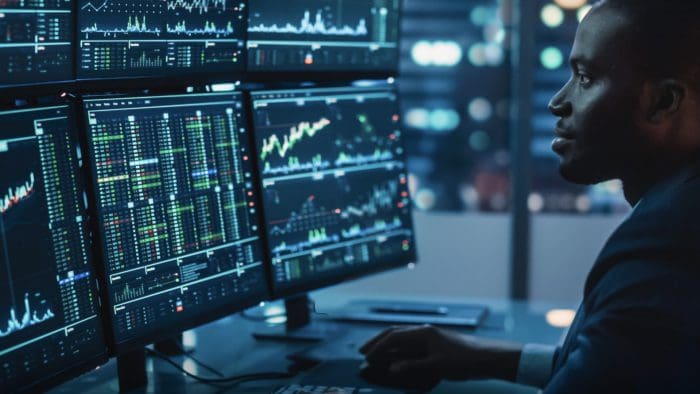
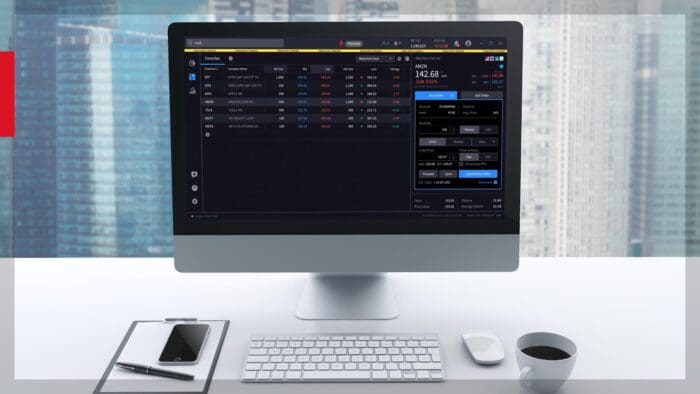









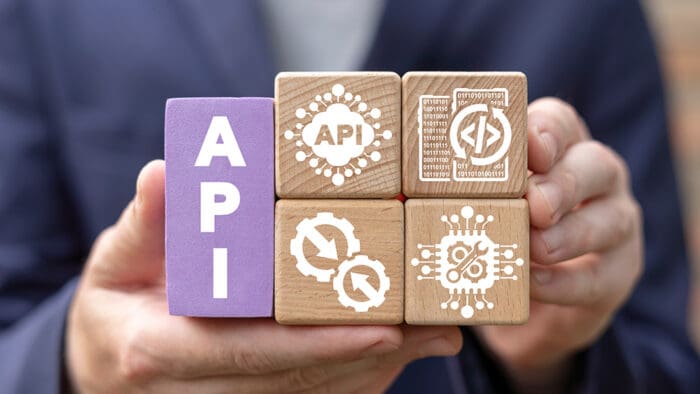
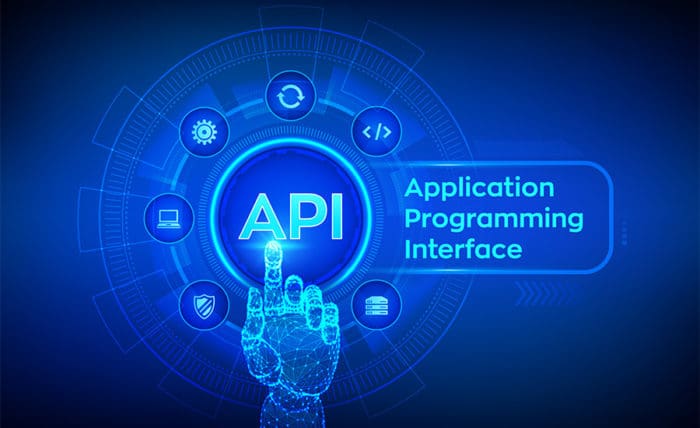
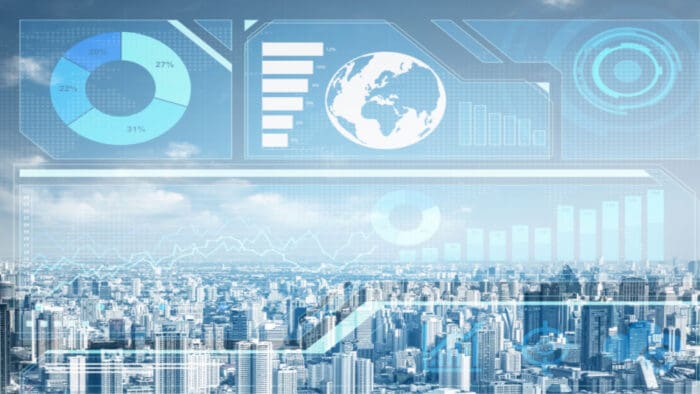
Join The Conversation
For specific platform feedback and suggestions, please submit it directly to our team using these instructions.
If you have an account-specific question or concern, please reach out to Client Services.
We encourage you to look through our FAQs before posting. Your question may already be covered!